Pha That Luang is a remarkable stupa, a Buddhist monument, in Laos. So, how did Laos end up with this architectural marvel? The history of Buddhism in Laos actually dates back to at least the 3rd century CE, when the Indian emperor Ashoka sent emissaries to spread Buddhism across Asia. According to tradition, one of those emissaries ended up in Vientiane, and founded the first Buddhist temple of the city.
That temple was replaced by the Khmer Empire of Laos in the 13th century, but the new temple later fell into disrepair. Then, in 1566, the Laotian king Setthathirat decided to move his capital from the city of Luang Prabang to Vientiane. When he did, he realized he had to rebuild Vientiane into a royal capital worthy of his throne, and he started by building the stupa of Pha That Luang. As a Buddhist, the king would have hoped that building the stupa would help on his own path to enlightenment, as well.
The stupa you see today is directly modeled on King Setthathirat's, but it is not unaltered. In 1828, Pha That Luang was almost completely destroyed by the invading Kingdom of Siam. The biggest thing to save it from being burnt to the ground was likely a desire to pillage all the gold from it.
The stupa was abandoned after that, until the French decided to rebuild it once they expanded their empire into that part of Asia. The French ultimately rebuilt the stupa along Setthathirat's plans in 1930. It was again nearly destroyed in 1940 during the independence movements of Southeast Asia, but after World War II was finally reconstructed into the monument you see today.
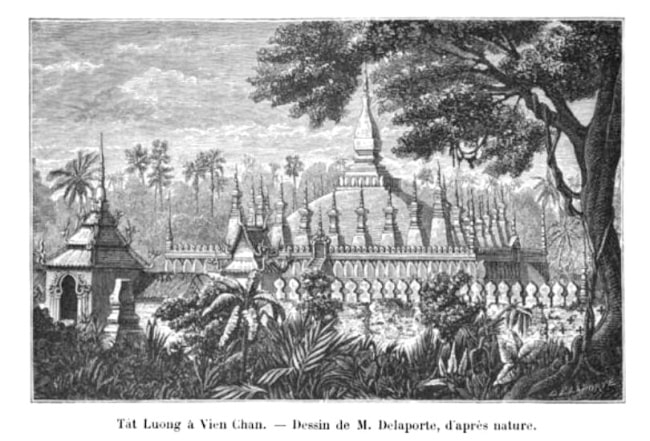


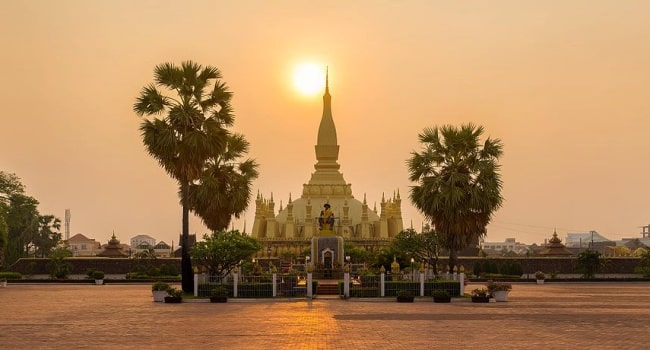

 20/12/2025
20/12/2025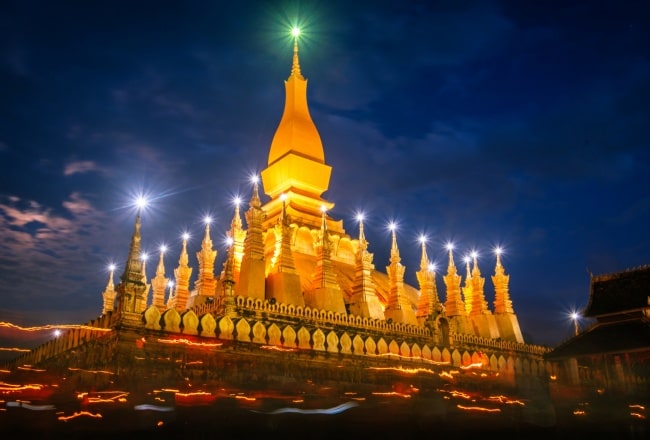
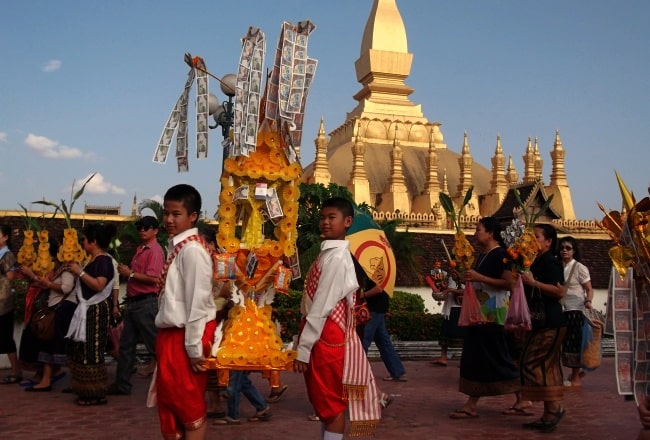
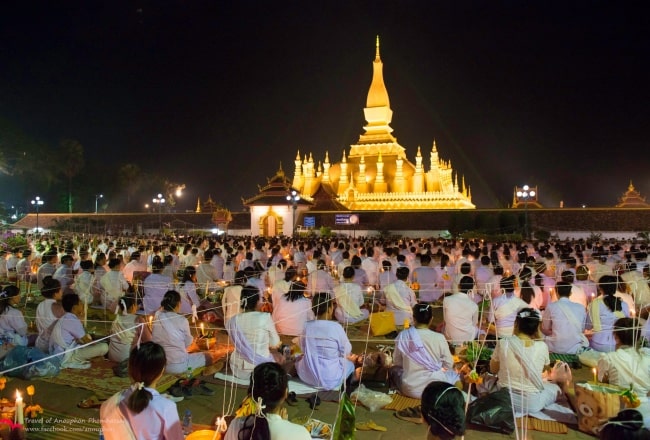
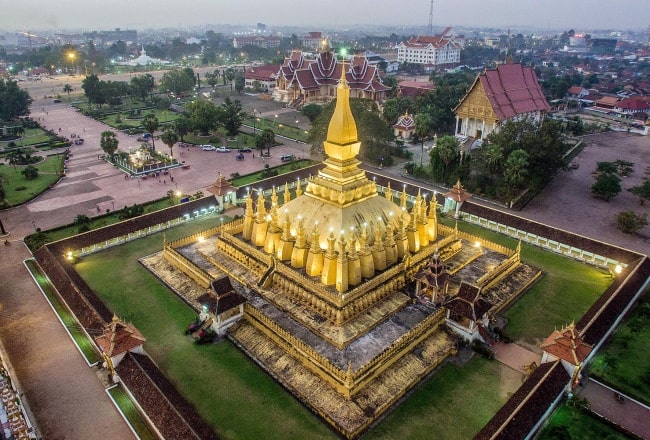
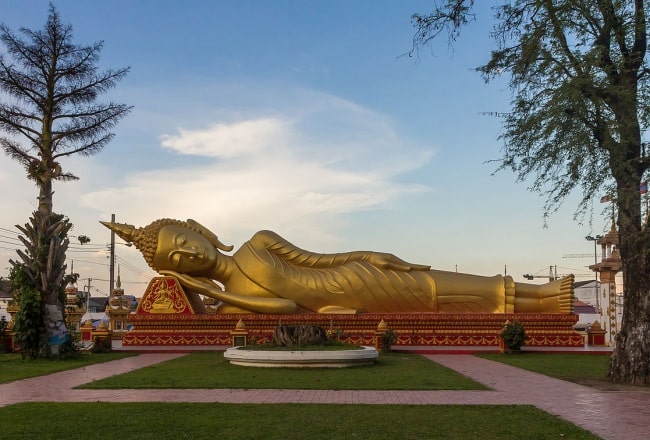
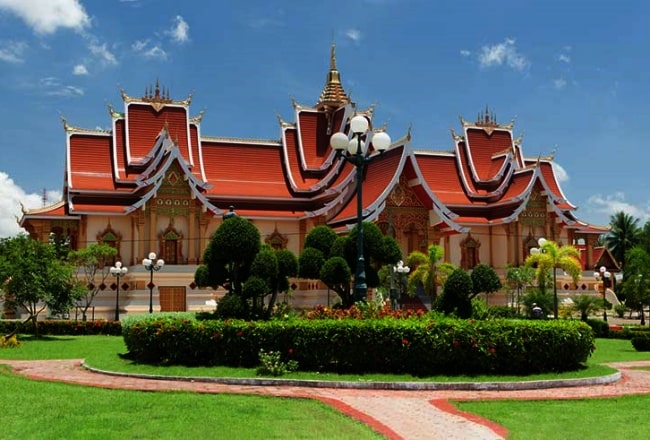
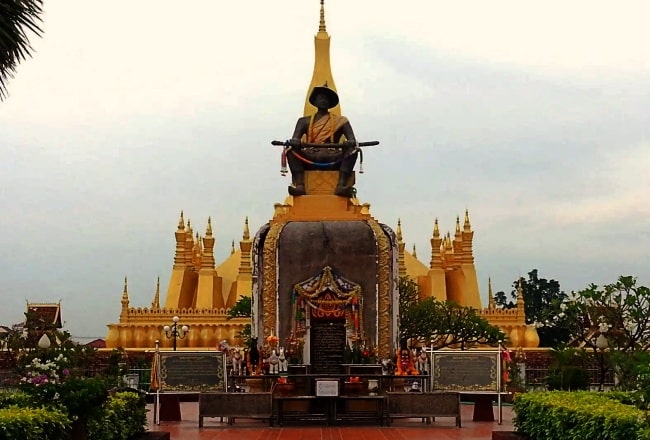
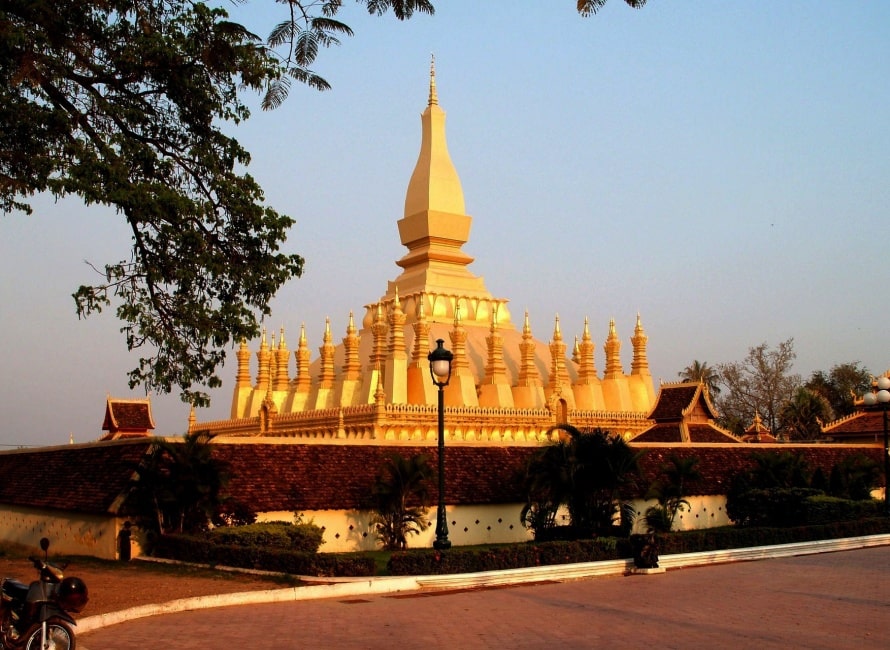
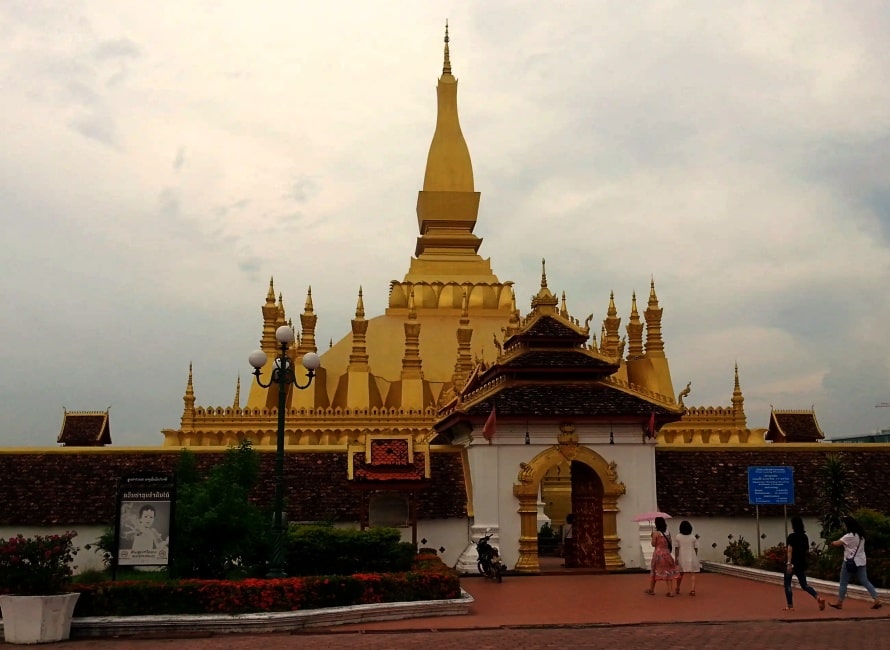
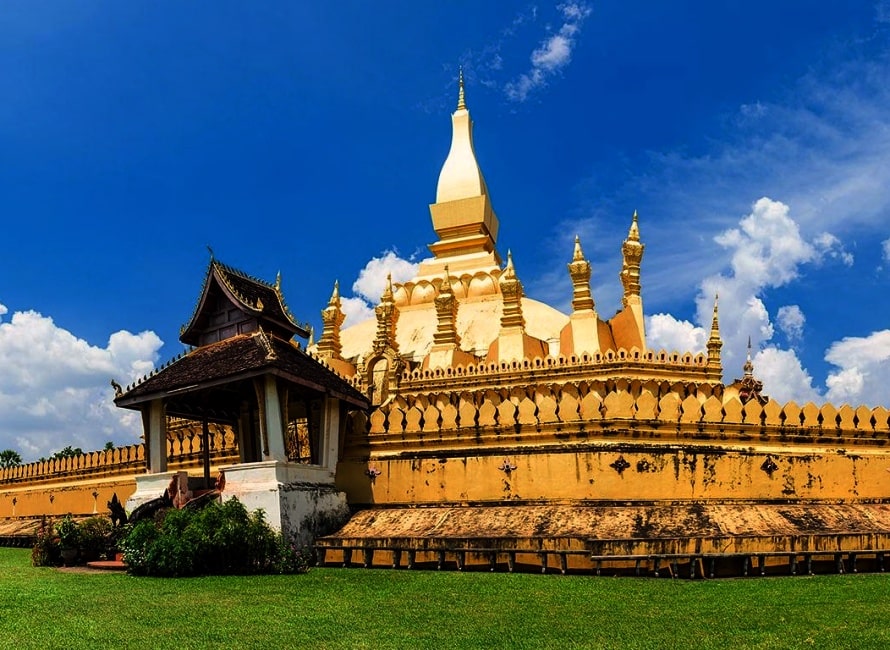
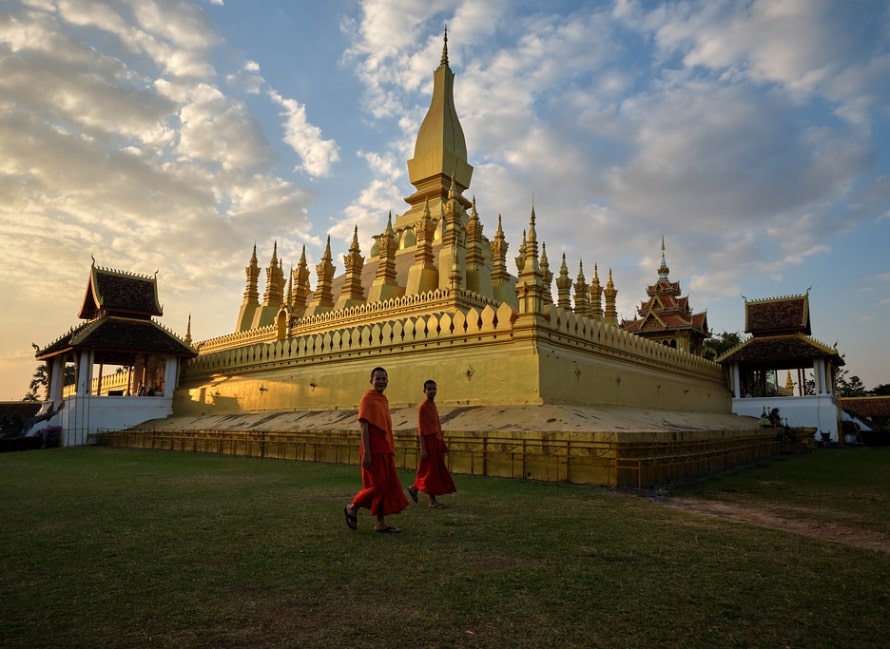
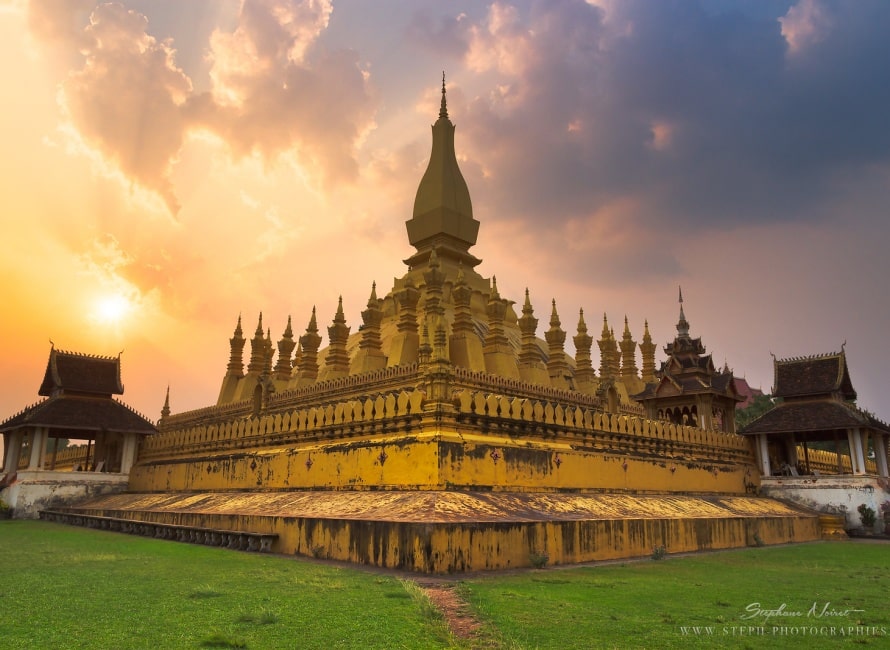
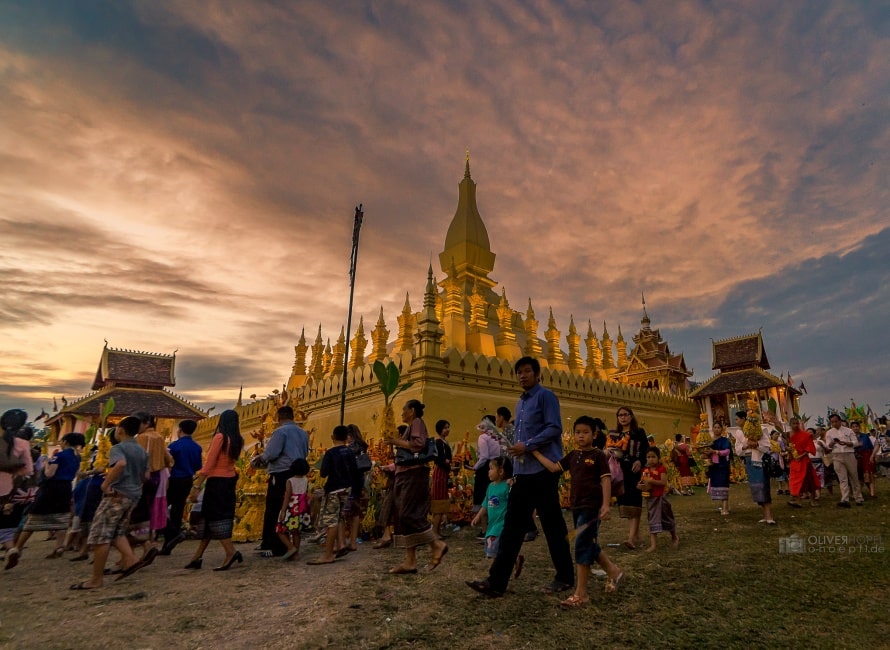
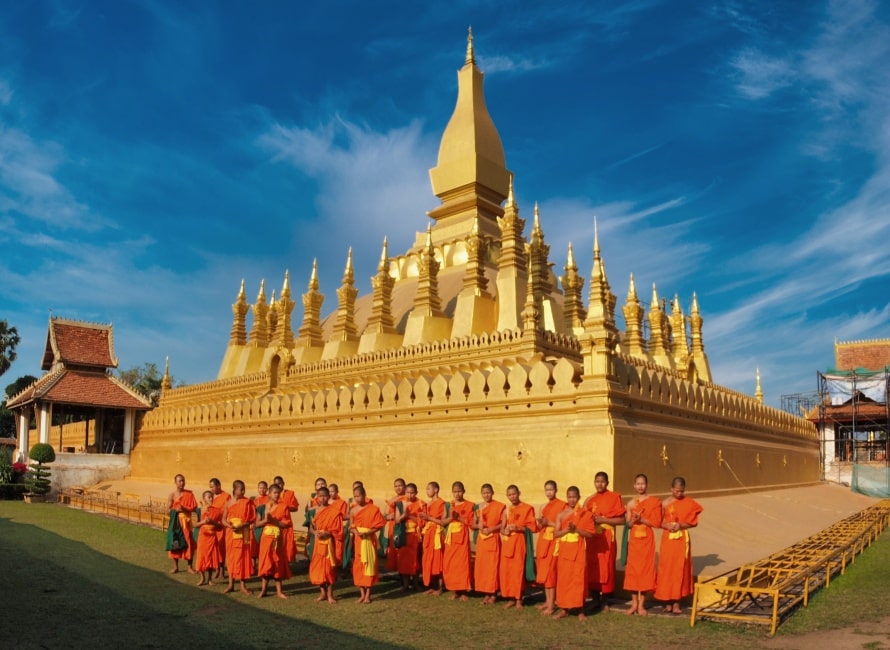
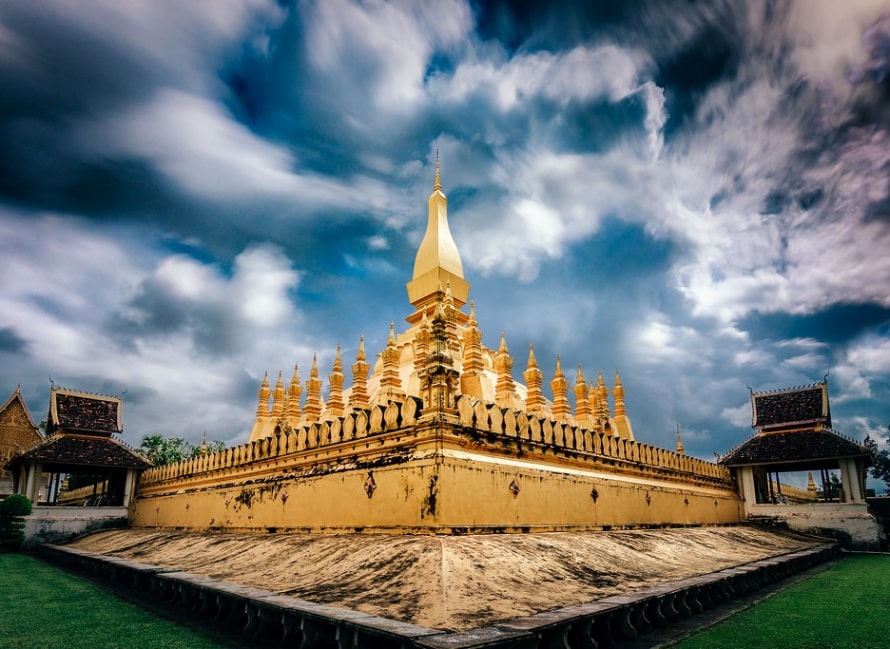
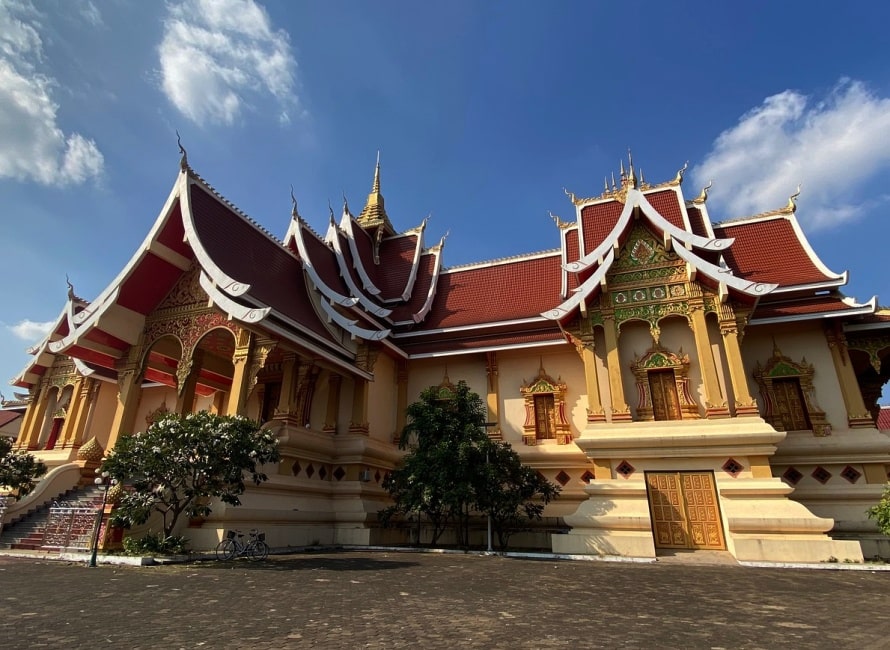




















Jolie LIEMMy name is Jolie, I am a Vietnamese girl growing up in the countryside of Hai Duong, northern Vietnam. Since a little girl, I was always dreaming of exploring the far-away lands, the unseen beauty spots of the world. My dream has been growing bigger and bigger day after day, and I do not miss a chance to make it real. After graduating from the univesity of language in Hanoi, I started the exploration with a travel agency and learning more about travel, especially responsible travel. I love experiencing the different cultures of the different lands and sharing my dream with the whole world. Hope that you love it too!